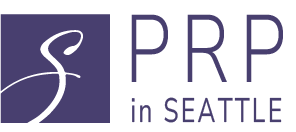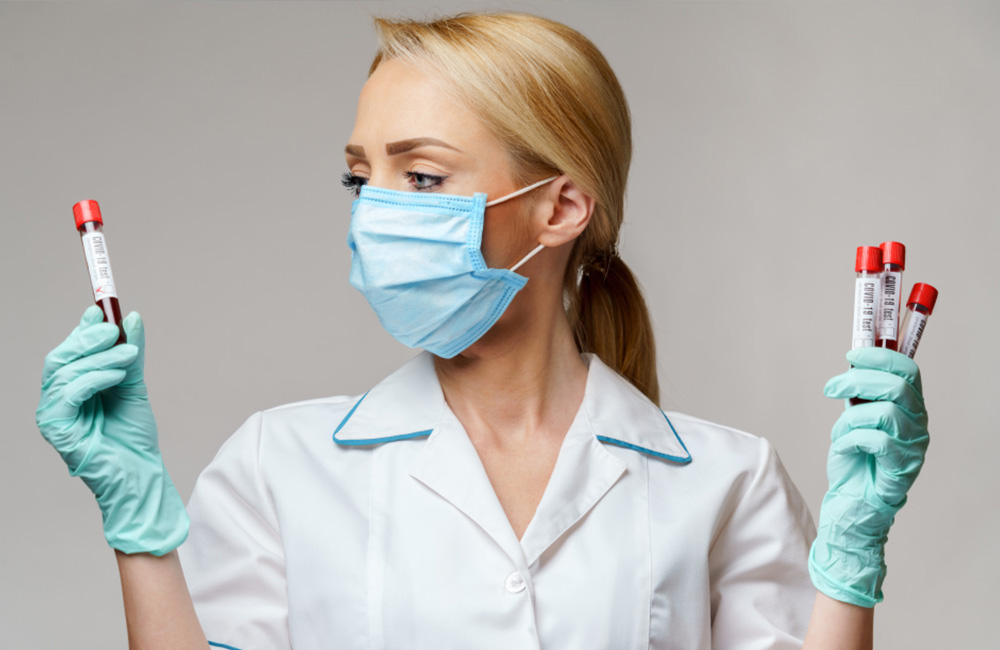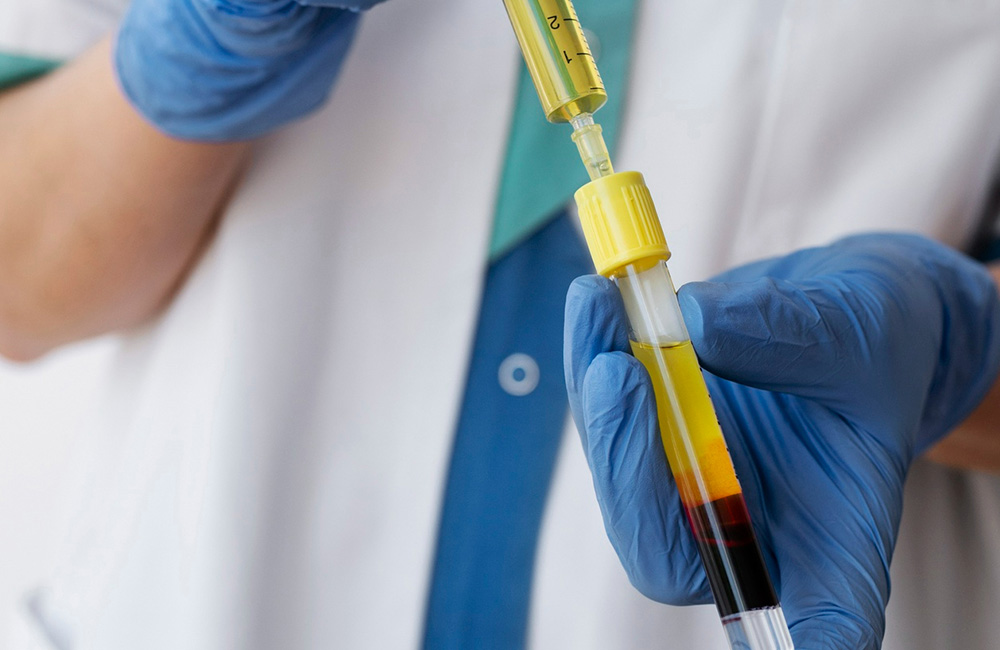Platelet-Rich Plasma (PRP) therapy for the face is gaining popularity due to its natural and long lasting results. It can address aging issues such as fine lines, wrinkles, acne scars, and overall skin texture. This non-invasive procedure uses your body’s natural growth factors to stimulate collagen production and accelerate the healing process. However, one common question many individuals have is: how often should you do PRP for the face to achieve optimal results?
What is PRP Therapy for the Face?
PRP therapy involves extracting a small amount of your blood, processing it to concentrate the platelets, and then re-injecting or applying the platelet-rich plasma to targeted areas of the face. Platelets contain growth factors that promote healing, stimulate collagen and elastin production, and improve skin texture and tone. The treatment is often combined with microneedling to enhance its effectiveness by allowing the PRP to penetrate deeper into the skin.
Initial Treatment Plan
For those starting PRP therapy, a series of sessions is typically recommended to achieve noticeable and lasting results. Most dermatologists and skincare specialists advise:
- Three Initial Sessions: These sessions are usually spaced about 4 to 6 weeks apart. This frequency ensures that the skin has adequate time to respond to each treatment while building upon the results of previous sessions.
- Why the Gap Between Sessions?
- Collagen production and skin regeneration take time. The 4 to 6-week interval allows the body to naturally enhance the skin’s texture and elasticity without overwhelming the healing process.
- Spacing out treatments also reduces the risk of irritation or overstimulation.
Maintenance Sessions
After completing the initial three sessions, maintenance treatments are recommended to sustain and enhance the results. For most individuals:
- Every 6 to 12 Months: A single maintenance session every 6 to 12 months helps maintain the skin’s rejuvenated appearance. The exact timing depends on your skin’s condition, lifestyle, and goals.
- Personalized Approach: Some people may require maintenance sessions more frequently (every 3 to 4 months), especially if they have significant skin concerns or wish to achieve more dramatic results.
Factors That Influence Frequency
The ideal frequency for PRP facial treatments can vary based on several factors:
- Age: Younger individuals may need fewer sessions as their skin’s natural collagen production is still relatively active. Older individuals might benefit from more frequent treatments to address age-related concerns.
- Skin Concerns: Those with deep acne scars or significant wrinkles may require additional sessions for optimal results.
- Lifestyle and Environment: Smoking, excessive sun exposure, and other factors that accelerate skin aging may necessitate more frequent treatments.
- Overall Goals: If your goal is to maintain healthy, glowing skin, you may require fewer sessions compared to someone aiming for corrective treatments.
Conclusion
PRP therapy for the face is a versatile and effective treatment for improving skin health and appearance. For optimal results, most individuals start with a series of three treatments spaced 4 to 6 weeks apart, followed by maintenance sessions every 6 to 12 months. However, the frequency can vary depending on individual skin concerns, age, and lifestyle. Consulting with a qualified dermatologist or skincare specialist will ensure a personalized treatment plan that aligns with your goals and delivers the best possible results. With proper planning and consistency, PRP therapy can help you achieve radiant, youthful skin that lasts.


